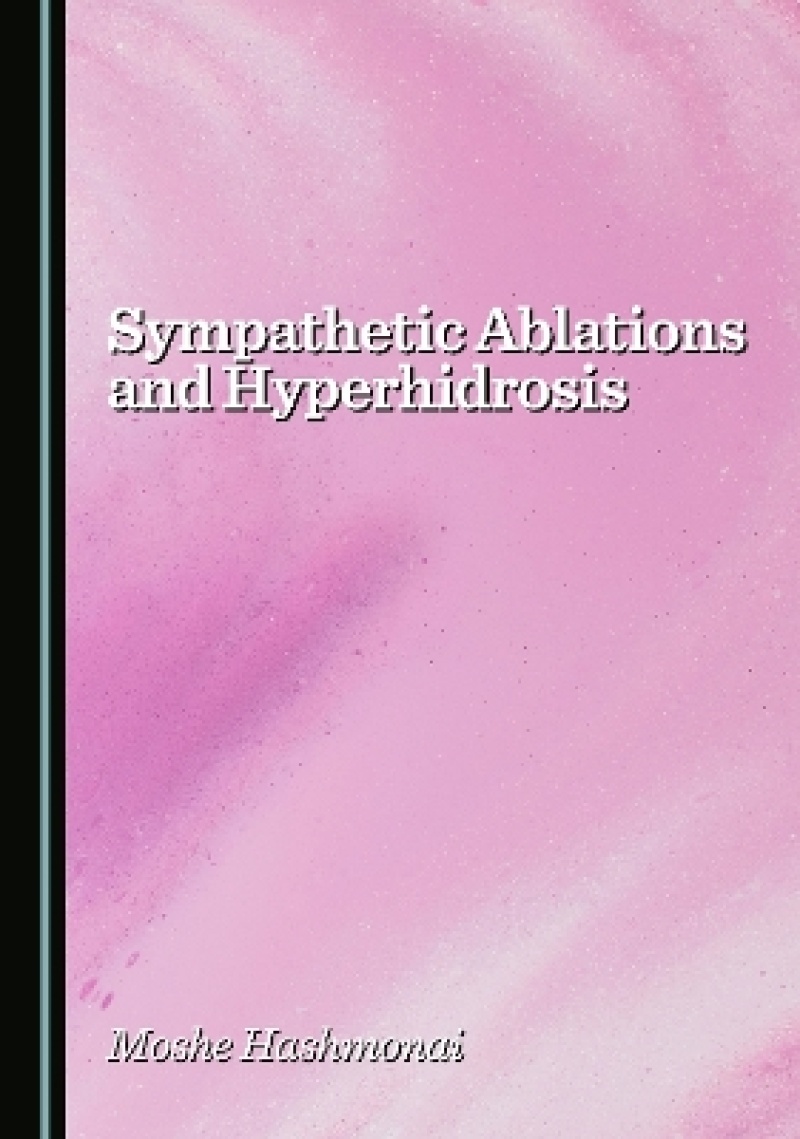This book provides a detailed overview of sympathetic surgery, its present state-of-the-art techniques, consensus, and controversies. It contains an in-depth exposition and critical account of the literary field. It supplies the anatomical and physiological background of sympathetic ablation; its indications, past and present; the evolution of its methods and techniques; and the resulting pathophysiology, complications, and side effects. Overperspiration, the foremost present-day indication for sympathetic surgery, is discussed in detail, as is compensatory sweating, the major and most disturbing sequel of sympathetic ablation. This book is addressed to any surgeon (general, vascular, thoracic, and neurosurgeon), dermatologist, or physician interested in hyperhidrosis, the major present-day indication of sympathetic surgery. Finally, it conveys ideas for future basic and clinical research that will advance the science and art of sympathetic surgery.
Les mer
Produktdetaljer
ISBN
9781036446864
Publisert
2025-06-01
Utgiver
Cambridge Scholars Publishing
Høyde
212 mm
Bredde
148 mm
Aldersnivå
P, 06
Språk
Product language
Engelsk
Format
Product format
Innbundet
Antall sider
156
Forfatter
